Justin Baik
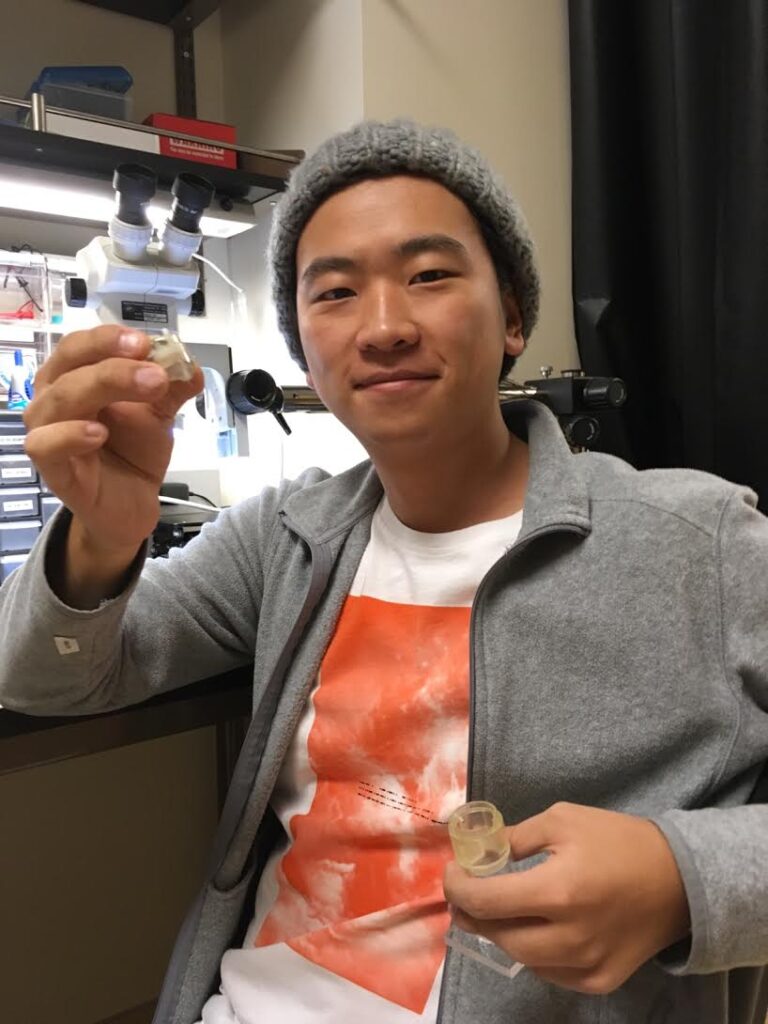
How does the brain convert sensory information to help us navigate around space? Spatial learning is what Justin believes to be the key in building the bridge between sensory input and navigation. The striatum, a region of the mammalian brain known to be crucial for spatial learning, will be deeply examined using the methods of optogenetics. In his project, Justin will be building methods to optically control striatal regions of freely behaving bats, and examine the neural circuitry that allows their sophisticated navigation around complex environments to be made possible. […]
Xiaoyu Niu
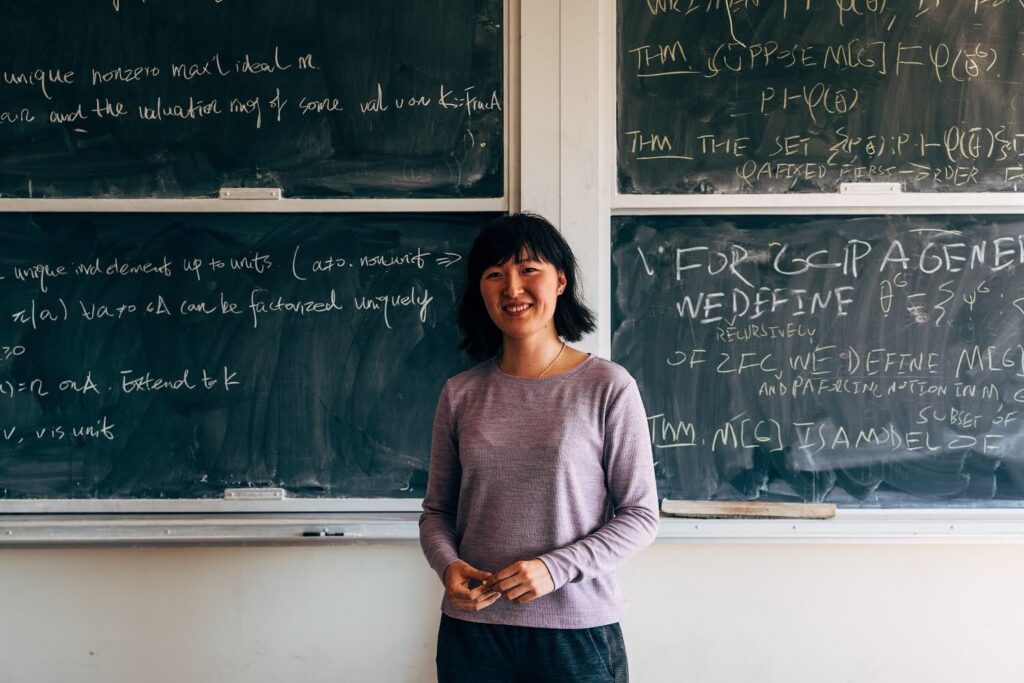
Yoshitaka Maeda made the conjecture in 1997: Let m be an integer greater than 1 and let F be the characteristic polynomial of the Hecke operator T_m acting on the space S_k of cusp forms of weight k and level one, then the polynomial F is irreducible over the field of rational numbers; the Galois group of the splitting field of F is the full symmetric group _d, where d is the dimension of S_k. Most recent computations via Sage have verified the conjecture for k 14000. Xiaoyus project will […]
Ahmad Al-Zughoul
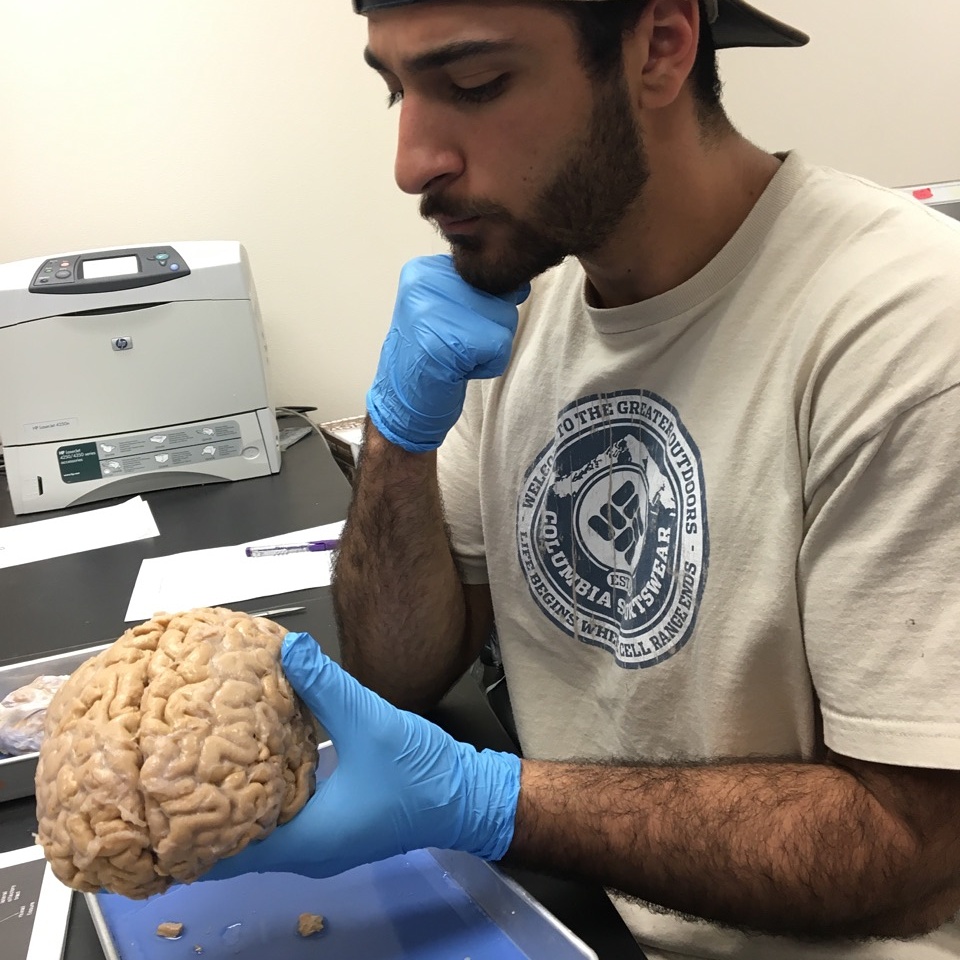
Visual working memory is a limited, short-term mental storage system that holds task-relevant visual information in mind and is important for visually guided behavior. Recent studies have suggested that visual working memory is closely linked to visual perception, implemented in overlapping brain regions and sharing similar brain circuitry. Ahmad’s research project will investigate the effects of the neurotransmitters acetylcholine and dopamine, which are known to play important roles in visual perception and in working memory, respectively, by combining pharmacologic manipulation of these neurotransmitters while measuring behavioral performance in a visual […]
Nicholas Carey
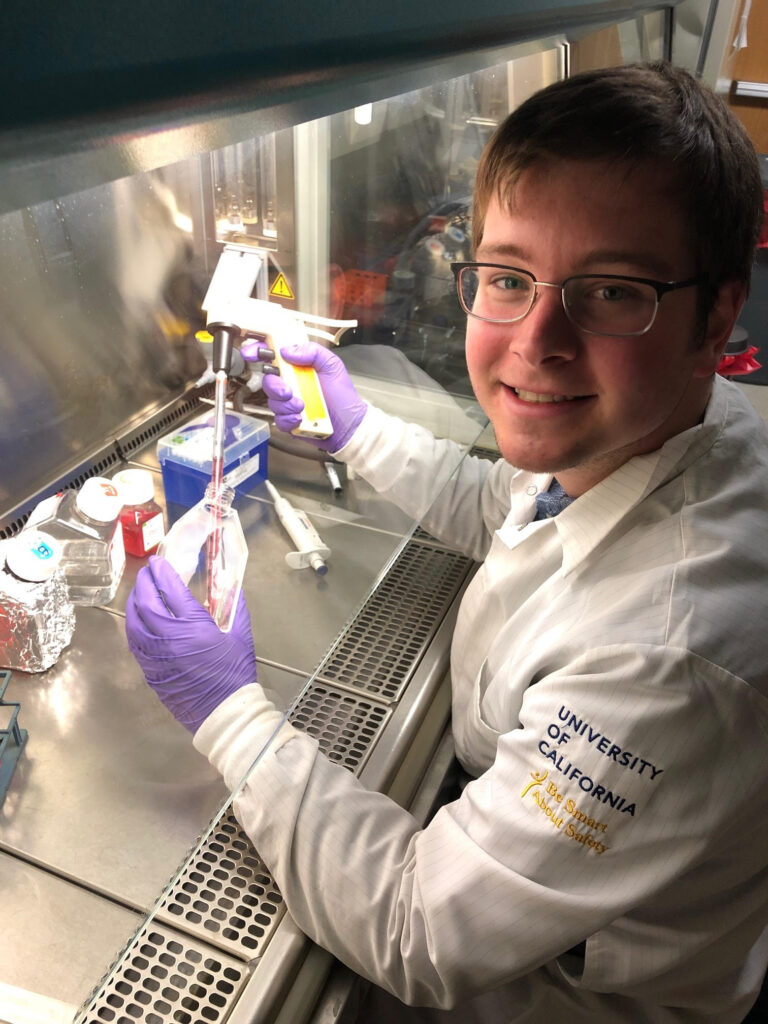
Kaposis Sarcoma Associated Herpesvirus (KSHV) establishes lifelong infections and can cause a variety of cancers and proliferative disorders in immunosuppressed individuals. Recent evidence indicates that oral contact is the primary route of transmission for KSHV. The goal of this project is to elucidate the mechanism of reactivation for transmission of KSHV in the hopes of developing novel treatments to reduce the incidence of infection in the community. Nicholas will infect human oral keratinocytes with several KSHV mutants, and qPCR will be used to analyze transcription patterns to determine the role […]
Juliana Wu
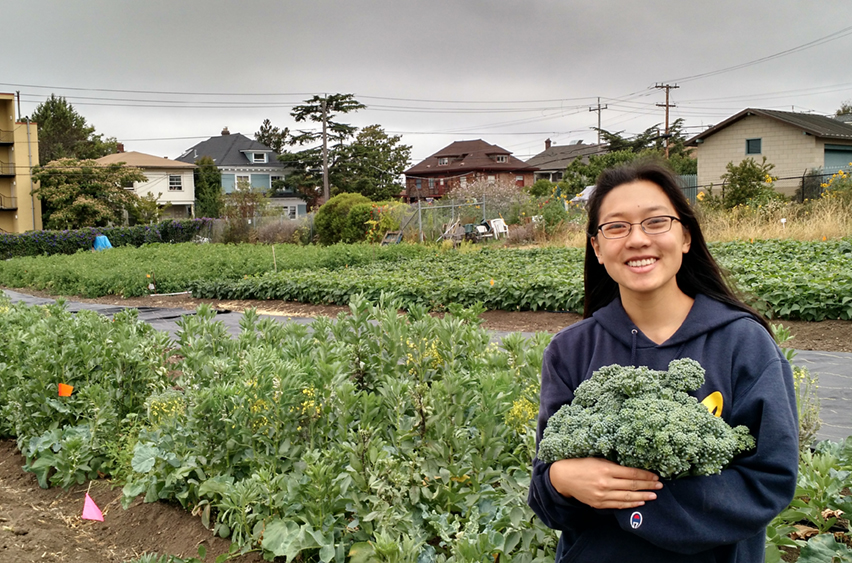
Intercropping with legumes is an agricultural practice where crops are cultivated with a legume, commonly fava, that is capable of fixing nitrogen and increasing soil fertility. Juliana’s study aims to measure the effect of crop spacing and density on facilitative and competitive interactions for nitrogen and phosphorus in an intercropping system of fava bean (Vicia faba) and broccoli (Brassica oleracea var. italica) in a combined greenhouse and field experiment. The field experiment will implement varying treatments of spacing, fava density, and harvesting time. The greenhouse experiment will incorporate root barriers […]
Mohammad Saffari Doost
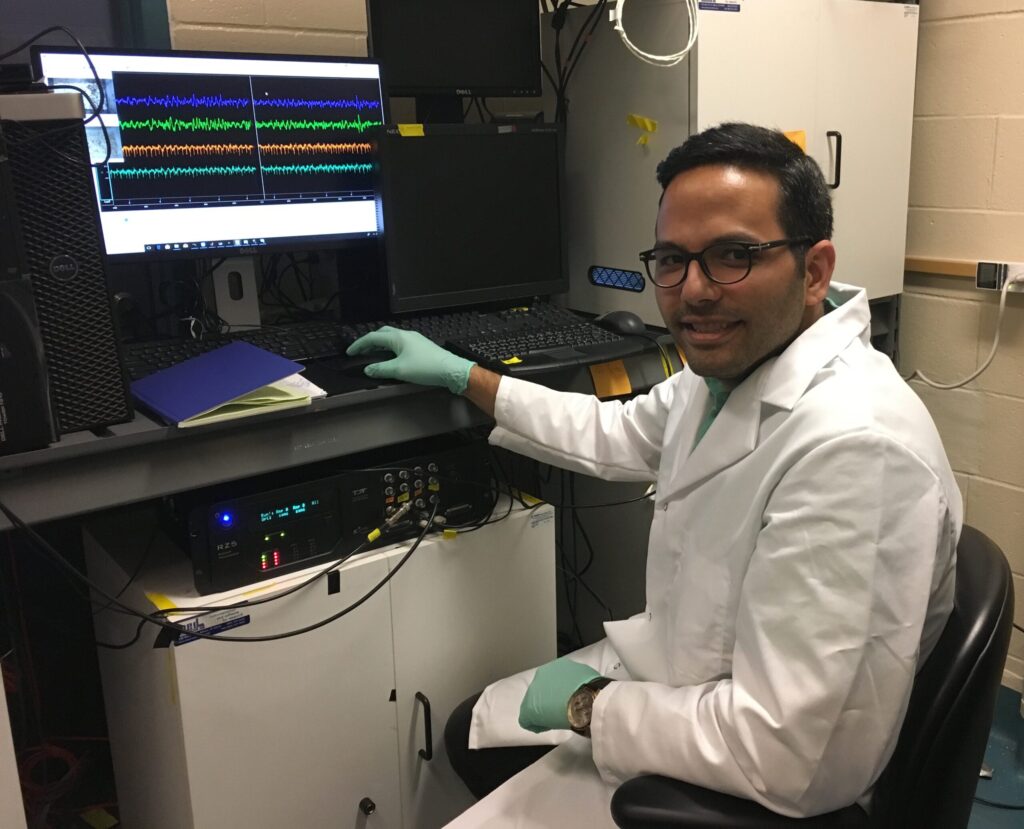
Sleep is essential for human health. In particular, insufficient or low-quality sleep causes higher risks for cardiovascular diseases. Mammals exhibit distinct rapid eye movement (REM) sleep and non-REM sleep, and non-REM sleep is associated with lower heart rate and blood pressure. However, how neural circuits coordinate sleep and heart functions remains unclear. The nucleus ambiguus (Amb), located deep in the medulla, contains cardioinhibitory cholinergic neurons. Activating Amb neurons decreases the heart rate. Mohammad will identify the sleep neurons that activate Amb cholinergic neurons using virus-mediated retrograde tracing. He will also […]
Andy Nguy

Enzymes are highly efficient biological catalysts. Understanding how enzymes catalyze chemical reactions into physiological relevant rates is of great interest. Moreover, electron and proton transfers are ubiquitous in biological processes, yet it has now become clear that such electron and proton transfers may have quantum mechanical effects. Andy will be studying soybean lipoxygenase, a model enzyme that accomplishes it’s catalysis through a proton and electron transfer known as hydrogen tunneling, a purely quantum mechanical phenomenon. In an effort to better understand how catalysis is achieved through hydrogen tunneling, he will […]
Nicholas Rapidis
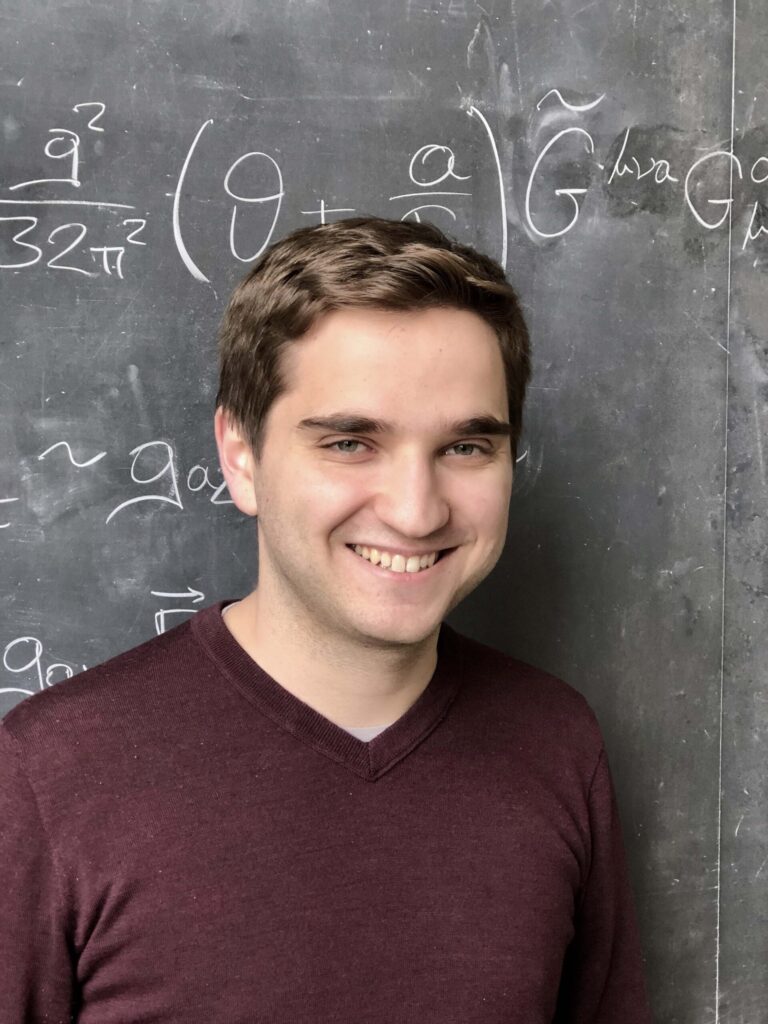
While the Standard Model of Particle Physics has been a nearly perfect model for explaining particle interactions, it has two major flaws: its inability to fix the Strong CP Problem and its failure to explain the existence of Dark Matter. To address these issues simultaneously, a new particle, the axion, has been theorized. Experimental efforts to detect this particle have already begun but since the axions mass is unknown, experimentalists are forced to search for it over several orders of magnitude in mass. Nicholas will utilize new theoretical results to […]
Jay Kumar Gupta

Humans display an intrinsic capability for prosocial behaviors: behaviors undertaken to benefit others. Stress disrupts this capability but also induces neurogenesis in the hippocampus, a brain region that functions in social memory. Understanding the relationship between stress and prosociality allows better treatment of diseases such as Autism Spectrum Disorder and depression, as the asocial nature of these disorders puts affected individuals at increased risk for anxiety. The neural and hormonal basis of this relationship is explored through a behavioral paradigm involving rats. Given that the hippocampus directly projects to components […]
Andre Lai
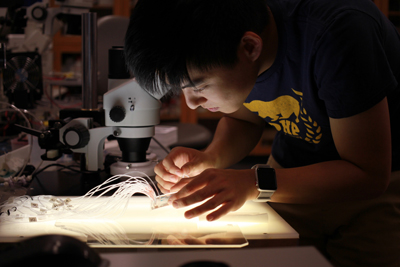
Characterizing the relationship between every cell type is necessary for understanding the human body and advancing human medicine. One major technological hurdle involves the ability to isolate, manipulate, and analyze individual cells in a high-throughput fashion. Existing methods are plagued by low cell capture efficiency and limited user control. For his project, Andre aims to design, fabricate, and test a novel microfluidic device that will address these limitations. He will achieve this by incorporating a multiplex design with layered architecture and integrated elastomeric valves to enable complete isolation, imaging, and […]